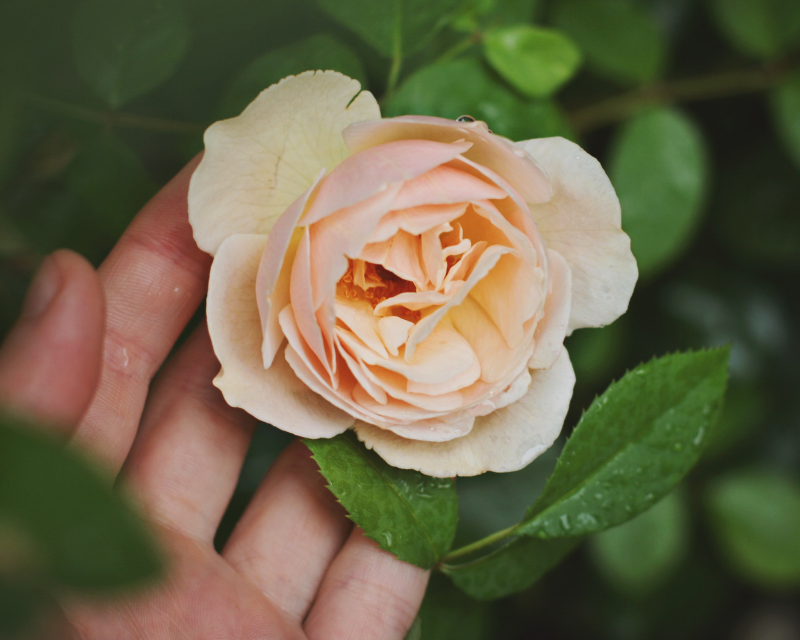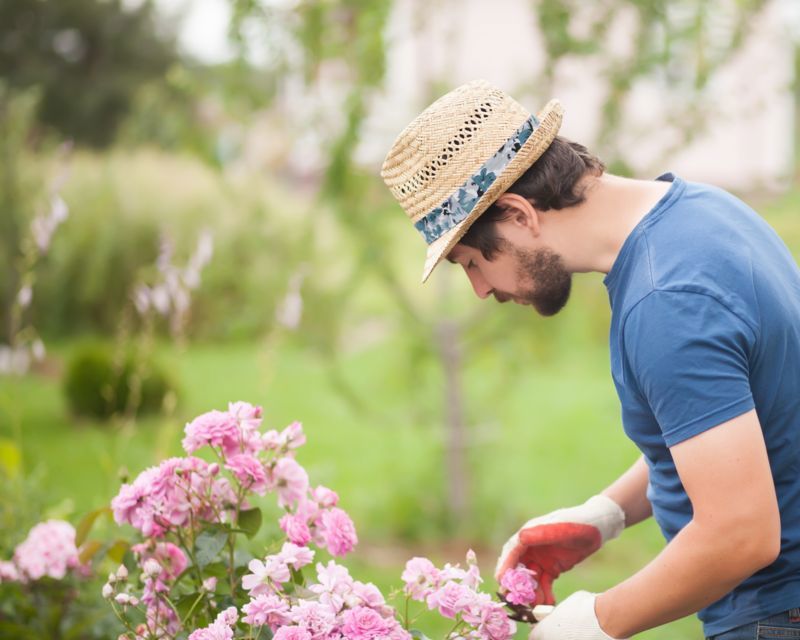Yates Account
Join now
Create a Yates account today!
Sign up to join the Yates Garden Club for monthly e-mails packed with seasonal inspiration, tips for success & exclusive promotions.
Plus if you’re a Garden Club member you can take part in the Yates Growing Community - a blog to share successes, get advice & win prizes in fun challenges along the way!

Forgot password
Enter the email address associated with your account, and we'll email you a new password.
Your ultimate guide to taking of your roses from watering to cutting!

WATERING
When rose plants are established, heavy watering encourages the roots to go deeper so that plants can tolerate longer periods of dryness. This approach is preferable to frequent light sprinklings which promote shallow roots close to the surface.
MULCHING
During the main growing period (spring to autumn) maintain a mulch of compost, leaf mould or grass clippings around the base of the plants to help conserve moisture and control weeds. When rose bushes lose their leaves in autumn, little or no watering is required except in warm, tropical climates where roses behave more or less as evergreen plants.
WEEDING
Herbicides like Yates Zero Rapid 1-Hour Action Weedkiller Ready to Use are also useful in controlling weeds among rose bushes if they are grown alone without annual plants. They can be sprayed around the plants, providing they do not contact leaves or green, sappy stems. Be very careful when applying, as roses are very sensitive to glyphosate.
FERTILISING
Immediately after planting use a slow-release fertiliser, like Yates Dynamic Lifter Organic Plant Food. An application of mixed fertiliser can be given in late December or January to encourage an autumn flush of blooms. Specially formulated fertilisers, such as Yates Thrive Rose & Flower Granular Plant Food are ideal. With established plants, apply fertiliser in late winter or early spring and again in late summer. This can be scattered around the plants (not too close to the main stem) and lightly raked into the soil. If the soil is mulched, the fertiliser can remain on the surface as the nutrients will wash down to the soil below. Always apply fertilisers when the soil is evenly moist and water well afterwards to disperse the nutrients safely to the root zone.
For potted roses use liquid fertilisers such as Yates Thrive Natural Fish & Seaweed+ Plant Food Concentrate.

CUTTING BLOOMS
When rose bushes are young, don’t cut flowers with long stems, as the plants need as many leaves as possible to develop into vigorous bushes. Cut blooms with short stems only.
With older bushes, cutting flowers with short stems leads to tall, leggy growth, so make the cut more towards the base of the stem to encourage new growth to come from eyes or buds where the stem is thicker and sturdier.
Always make cuts about 6 mm above an eye and slanting back slightly behind the bud. Roses keep best if cut late in the afternoon (when it’s cool). Place them in a bucket of water overnight for arranging in the morning.
















Share
Share this article on social media